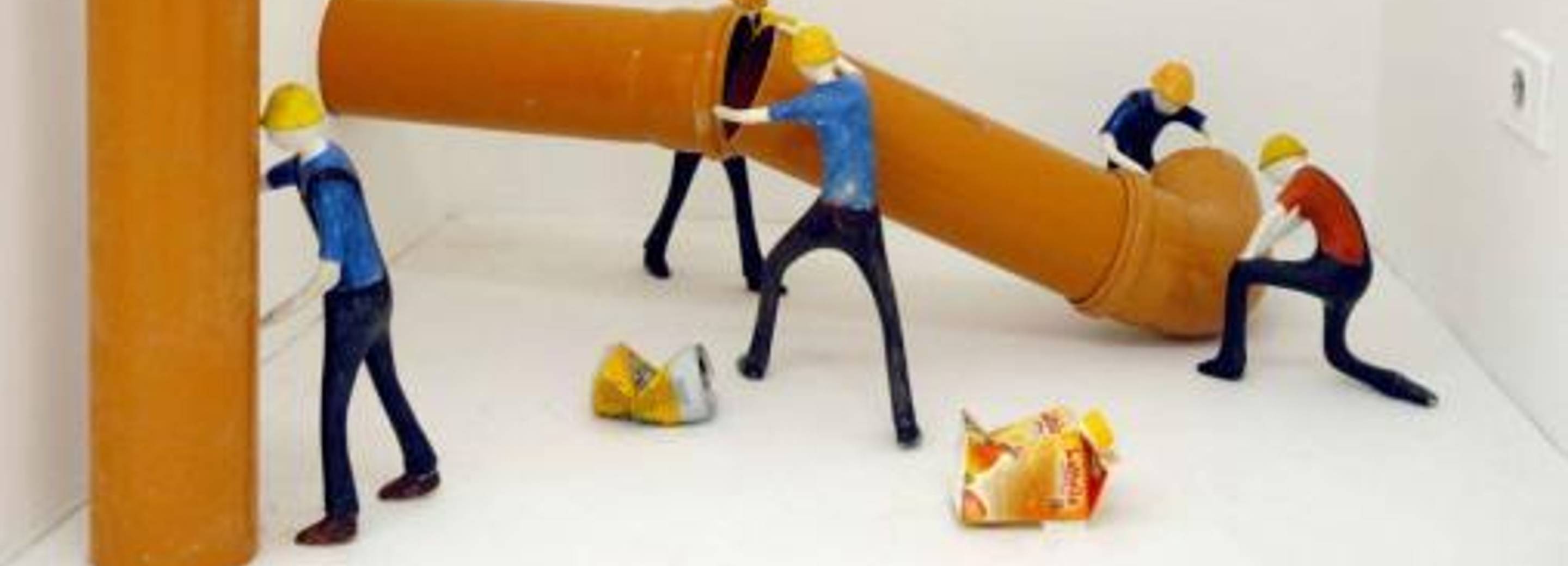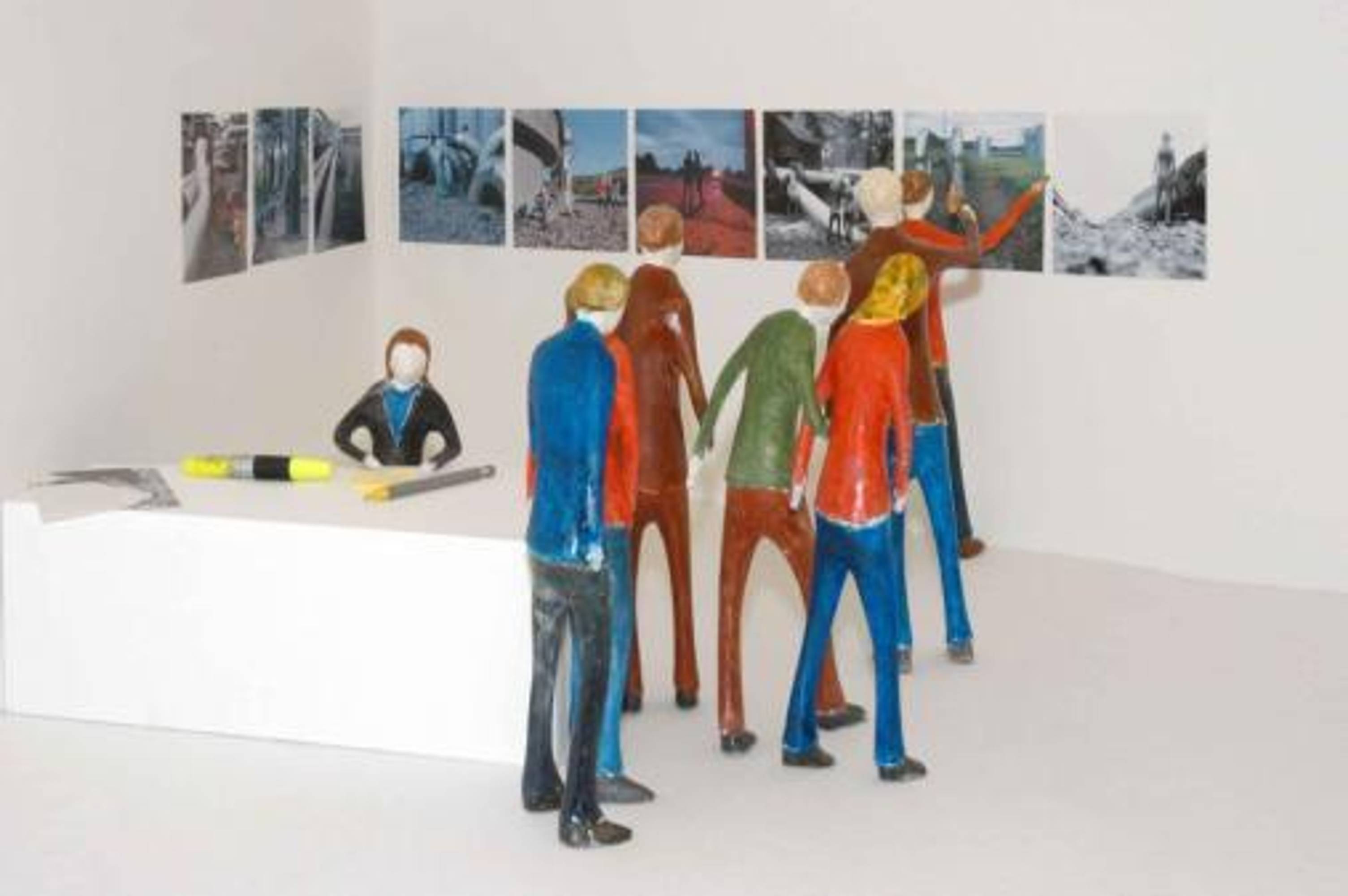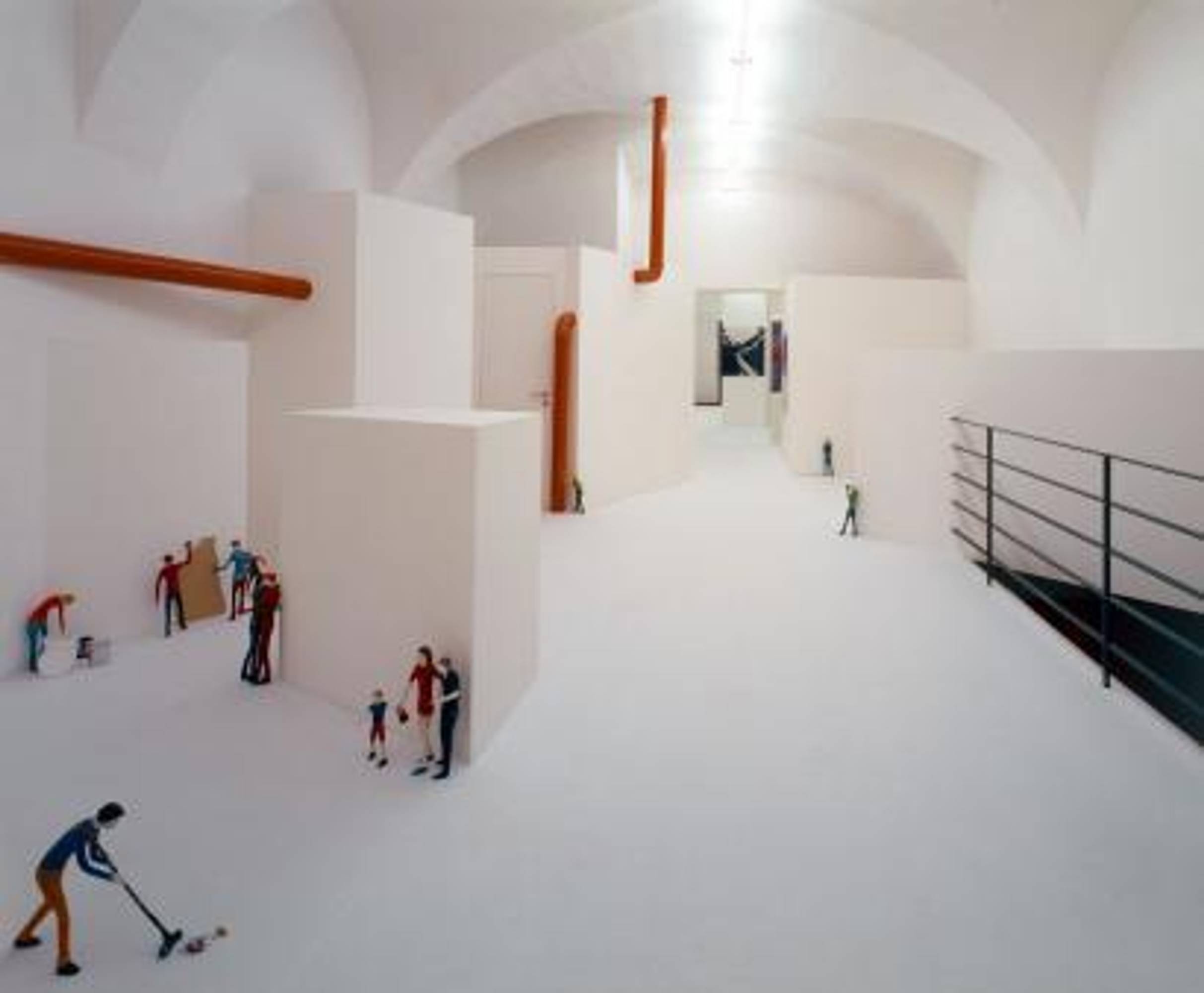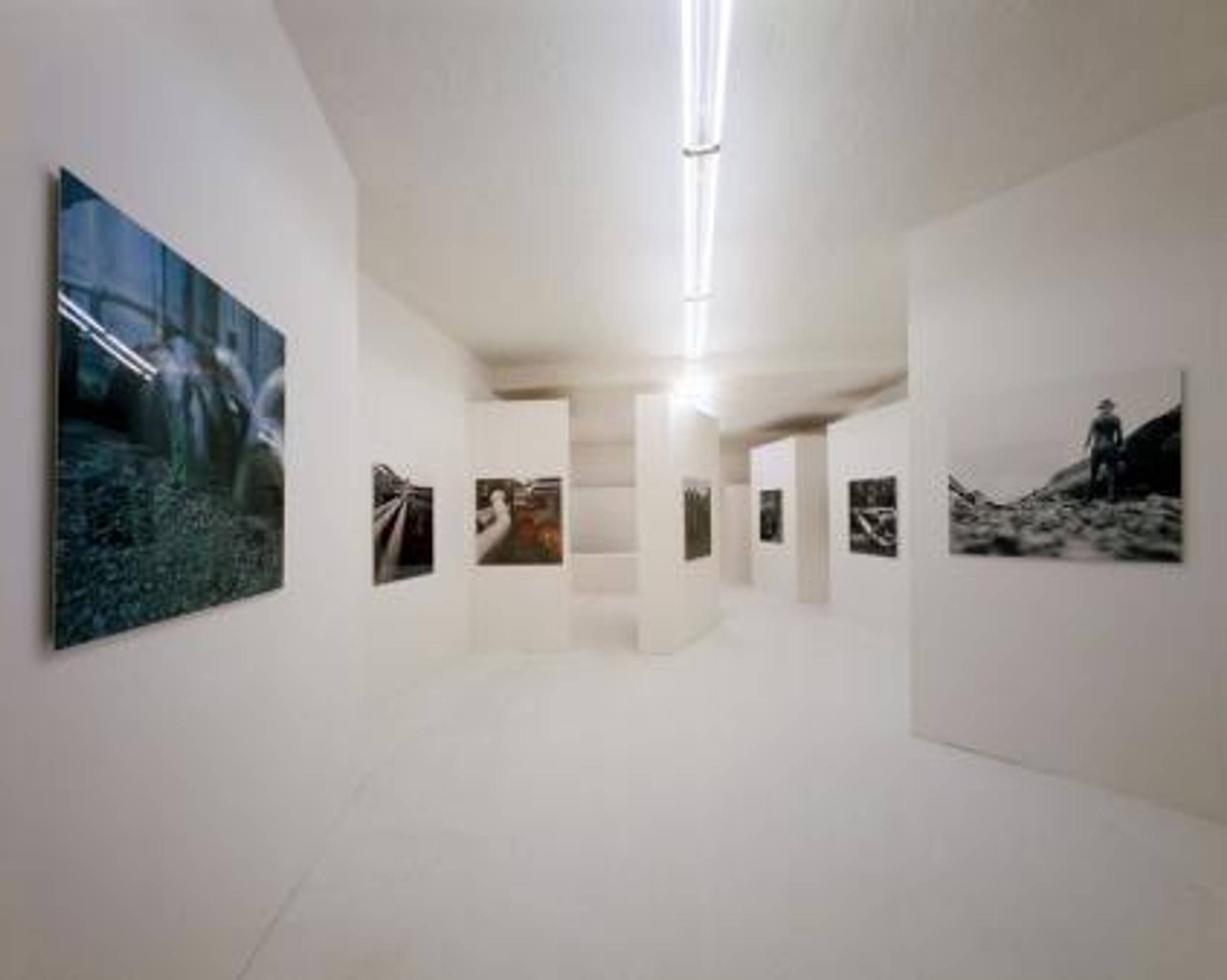JOSEF RAINER – METROPOLIS
Curated by Sabine Gamper
Josef Rainer studied at the Akademie der Bildenden Künste of Munich (until 1997) and received a scholarship from the city of Vienna (2001-02), awarded by the Ministry of Science, Education and Culture. He has been living in Bolzano since 2003. In summer 2003 he was Artist in Residence at the Glenfiddich Distillery in Dufftown, Scotland. He has participated in several exhibitions in Innsbruck, Cham, Suzarra, as well as at the Galleria Civica of Bolzano(2000), Art Innsbruck, Phönix Art Sammlung of Hamburg (2002), Panorama 03 Bolzano, Tiroler Wasserkraftwerk of Imst, edited by Prof. Christoph Bertsch, and Glenfiddich in Scotland (2003).
With this exhibition at the Galleria Museo, Josef Rainer wants to continue the METROPOLIS series started at the Glenfiddich Distillery, in Scotland, and at the Wasserkraftwerk in Imst. Josef Rainer’s art plays with the relation between reality and fiction, expressed, in the METROPOLIS exhibition, through the example of a city. Scenes are represented through a structural, scenographic language and photographs. The architecture in which these scenes are represented is not a mere background, but it becomes an important contentual point of reference. The artist shows us a play of proportions, passages and architectural fragments juxtaposed to plaster figures. These figures are 30 cm high, painted and two-dimensional and move among the architectural elements, causing a metamorphosis in the relationship between dimensions and, consequently, an alienating effect. This exhibition is characterised by two different kinds of protagonists. On the one hand, there are the plaster and wire figures, men, women and children, the real inhabitants of the city who move in an apparently known context, carrying out their daily activities. On the other hand, there are the visitors of the Galleria who, in the play of moving dimensions, become extras, and end up in an unusual situation that requires a new perception.
Josef Rainer plays with dimensions and their relationships: the space inside the gallery becomes the urban area, the unreal becomes real through moving dimensions and vice versa, in a mixture of different levels of meanings. “What dimension becomes more important?“ wonders author Sigrid Hauser, or “Where are the boundaries of artistic space?”, “How far are these boundaries from our reality?” and “Do we belong to this structure, do these themes also include the fact that we are observing?”, “What is imaginary and what is real?“
Figures, “three-dimensional on the floor and two-dimensional on the walls, take part (…) in the life of our reality” (Sigrid Hauser) The artist’s stories are inspired by personal events and memories, which give birth to the intellectual content and here are inserted in a broader and more general context. They act only as an example, as an “illustration of the journey of an individual through that city which is the world”. The figures tell moments of the story of a life. Photographs depict forgotten places, non-places, marginal places which capture the artist’s attention: sewage pipes in hidden dirty yards, pipes and machinery parts or cables under an office desk, radiators and wooden boxes, forgotten and dusty corners in which the artist puts his figures, which suddenly acquire a new meaning.
Josef Rainer’s art is carefree and calm, the humour of everyday life peeps out of the legs of a chair or a drain pipe, nameless places which take on an unknown charm and act as a background to the stories of simple protagonists, expressing in this way the charm of alienation and its relative meaning. At this point, a question arises spontaneously about the actual greatness of the situation, from a real as well as metaphorical point of view, and also about our greatness with respect to things: actually, where are we and who is directing our actions…?



